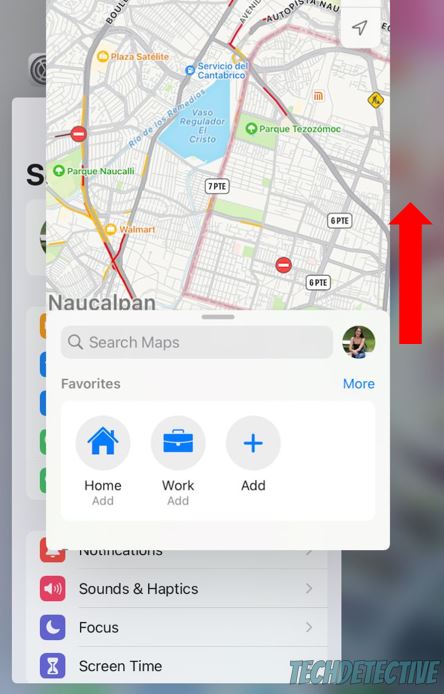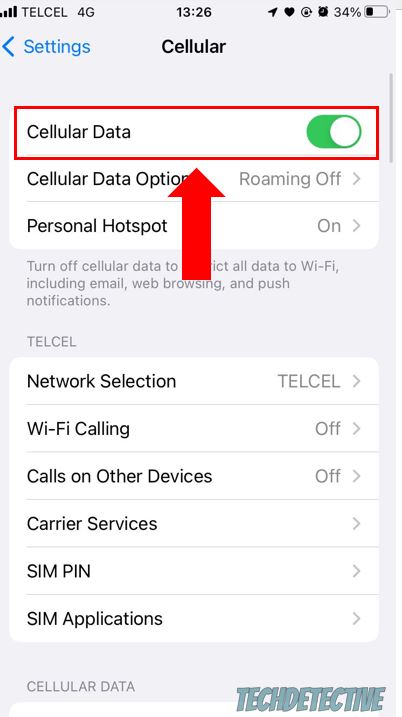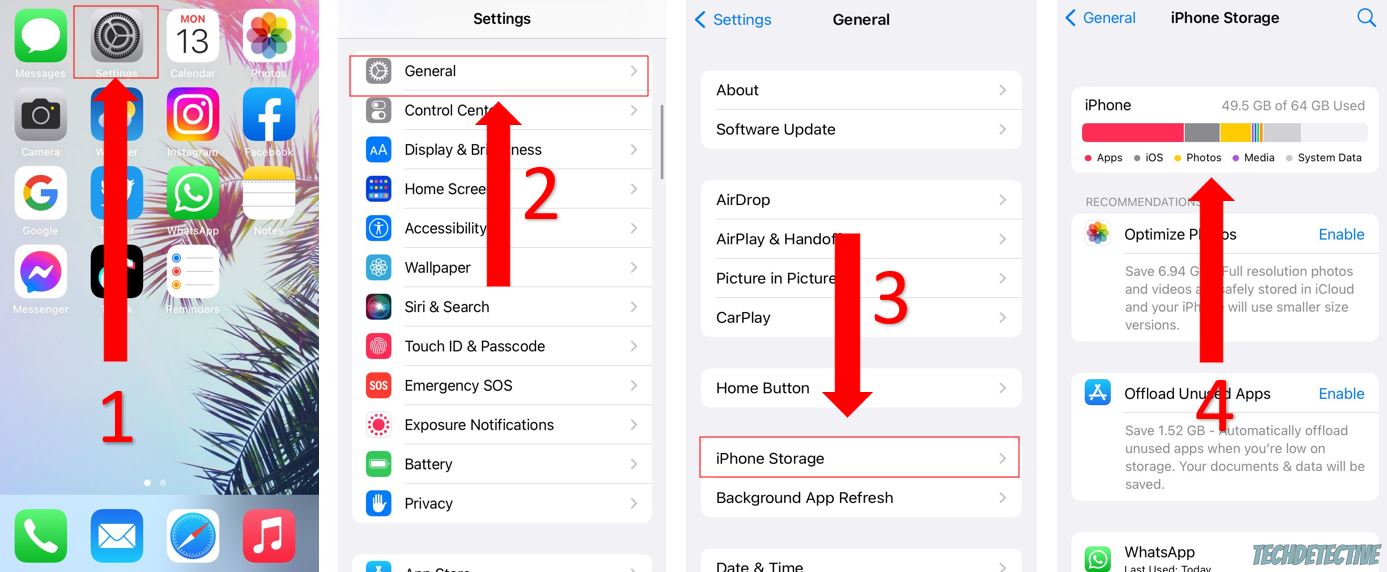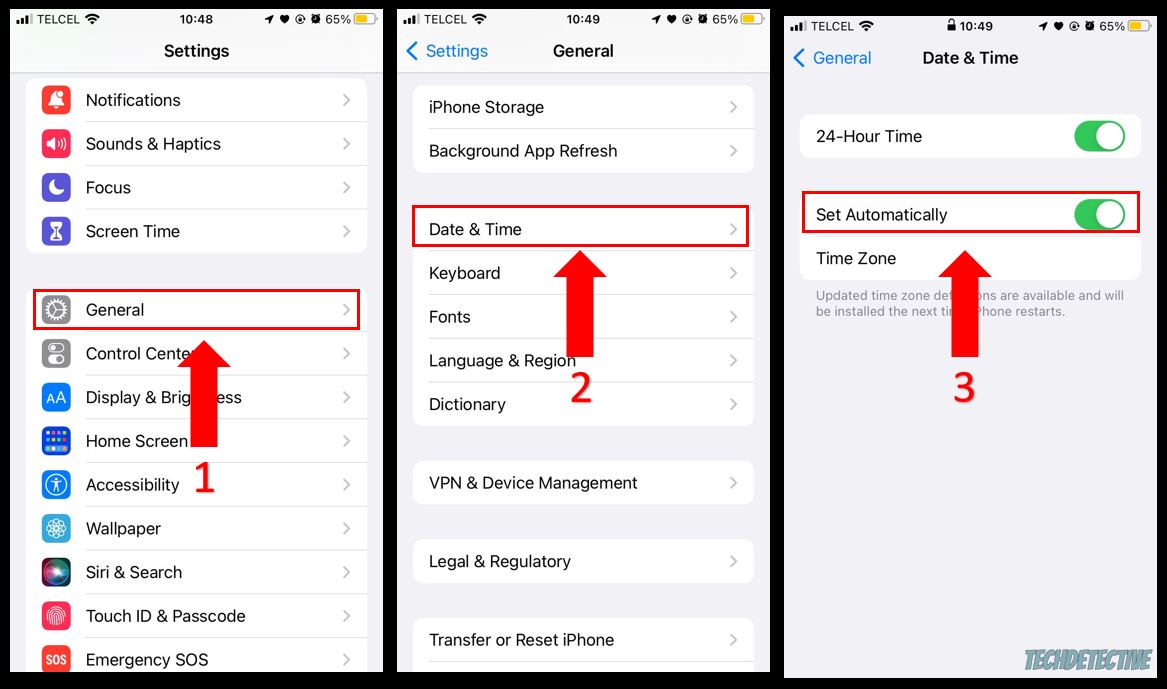
Are you stuck trying to figure out why Apple Maps is slow to load?
Sadly, this is a known issue and can be super annoying when it happens, especially when you’re driving and fighting against the clock.
But the good news is that you’ve come to the right place to get this problem solved.
If Apple Maps is slow to load, you’ll need to unload your RAM, check your Internet connection, or update your device. You can also try freeing up some storage space and checking your device’s settings.
Read on to learn more about these fixes!
Apple Maps’ performance issues have caused controversy among users. Some of them have even downloaded a different navigation app.
Honestly, I don’t blame them. After all, not being able to get to a place because Apple Maps is slow to load can be super frustrating.
Luckily, as simple as it seems, by unloading your RAM, you can solve most loading issues.
If you’re wondering what “RAM” means, I got you.
RAM stands for Random Access Memory and is a component in your device that stores information about the apps or browser tabs you have opened since you turned on your phone or computer.
Your RAM ensures that you can quickly switch between apps and tabs. This happens because RAM eliminates the need to dig into your hard drive or SSD to load the information about the browser tabs or apps you have opened.
Unfortunately, if you have multiple apps and tabs open at the same time or haven’t turned off your device in a while, your RAM may be full. This could explain why Apple Maps is slow to load.
But, don’t worry. You can easily unload your RAM by fully closing the apps you’re no longer using and restarting your device.
Follow this quick guide to close your apps:
iPhone and iPad:

Mac:
Once you’ve completed the steps above, go back to Apple Maps to see if the issue was solved. If it’s still slow to load, please restart your iPhone, iPad, or Mac.
You may not know this, but in order to locate the GPS satellites and determine your precise location, your device needs to have a clear view of the sky.
Unfortunately, this is not always possible. If you’re near tall buildings, mountains, bridges, and other obstructions, your device will automatically connect to your Wi-Fi or cellular data to determine your location.
So, if you have network issues, Apple Maps will be slow to load.
To check if that’s the case, please run an Internet speed test and compare the results with the plan you’re paying for.
If your connection is running slow, I recommend power cycling your modem and router by unplugging them from the power source, waiting for a couple of minutes, and plugging them back in.
Moreover, please make sure your router is away from large metal objects or other electronics. This will avoid signal interference.
If you’re using your Mac, try speeding up your connection by connecting it to your modem with an Ethernet cable.
But, if that doesn’t help, you can also try using Apple Maps while connected to a different network or with your mobile data.
Follow these instructions to enable your cellular data:
iPhone and iPad:

Tip: If you’re using a Mac, try connecting to your phone’s mobile data.
If refreshing your connection and unloading your RAM didn’t do the trick, chances are your device isn’t running on its latest software version.
You see, updates usually add new features and fix coding errors and bugs, since these can interfere with the way your device works. They can also make your apps, such as Apple Maps, run slow.
Normally, you shouldn’t worry about updating your device as there’s automatic updating. But, sometimes a coding bug or a weak network can stop this process from happening, leaving you stuck with outdated software.
To rule out this as the possible culprit, you’ll need to check if there’s an available update. Follow this quick guide to do it:
iPhone and iPad:
Mac:
Once you’ve updated your device, please launch Apple Maps to see if the issue was solved. If it persists, your device’s storage space may be full.
Don’t worry, though. Keep reading to learn how to solve this issue.
You may not know this, but Apple Maps requires you to have enough storage space available to work correctly.
Follow this quick guide to check how much storage space you have left:
iPhone and iPad:

Mac:
If you don’t have enough storage space available on your device, Apple Maps may run slow.
But, don’t worry. You can easily free up some storage space by deleting any apps you no longer use, old conversations, and duplicated pictures. You can also store files in iCloud, empty your trash (for Mac), and remove any downloaded movies or shows.
Once you have enough storage space available, try using Apple Maps again.
If Apple Maps is still slow to load, chances are it encountered an issue while trying to determine your precise location.
To solve this issue, I recommend refreshing your location by following this quick guide:
iPhone and iPad:
Mac:
Then, I’d like you to check that your date and time are set to “Automatic”. This can improve GPS accuracy and make Apple Maps load much faster.
To do it, you’ll need to:
iPhone and iPad:

Mac:
That about covers it! Hopefully, with the help of this article, you’ll be able to speed up Apple Maps.
Remember, by closing any apps you’re no longer using and restarting your device, you’ll be able to unload your RAM and solve the issue.
Moreover, updating your device, checking your Internet connection and settings, or freeing up some storage space can also do the trick.
Thank you so much for taking the time to read this article. If you found the 5 fixes above helpful, don’t forget to check out our site. We love solving all sorts of tech issues, so you don’t have to.
Good luck!